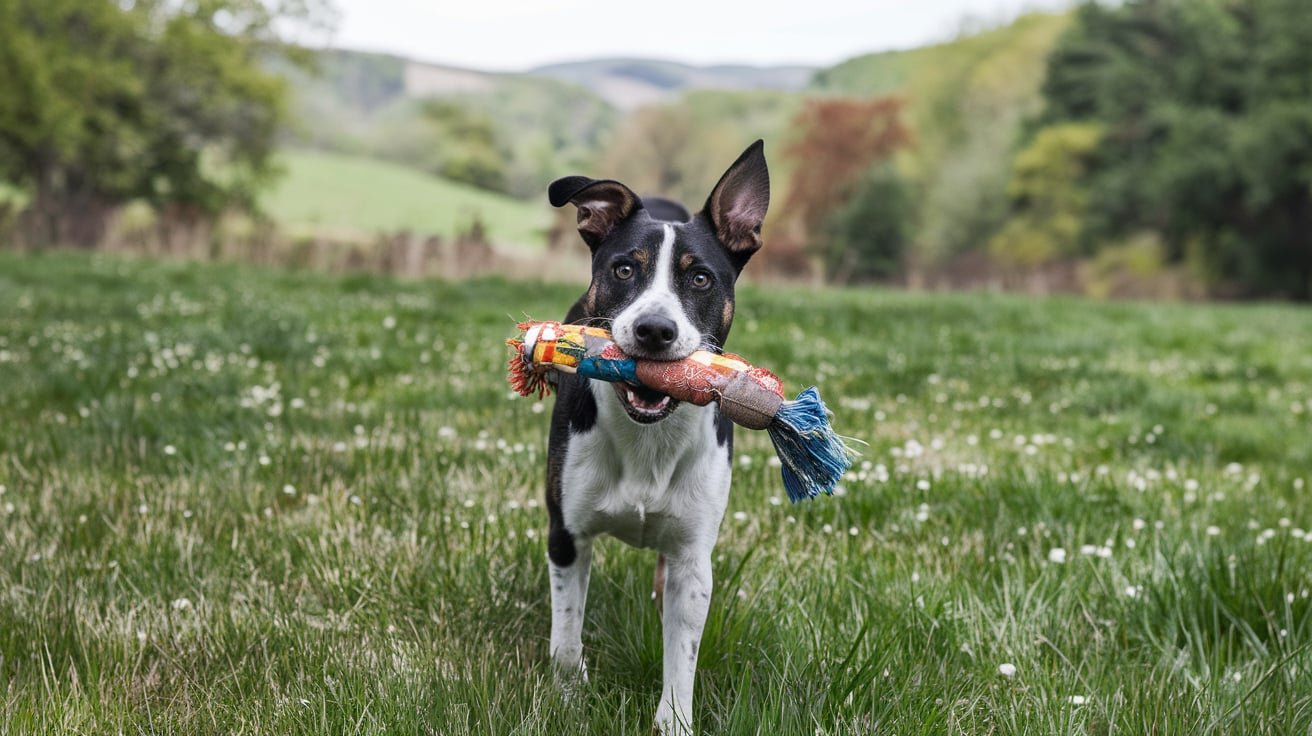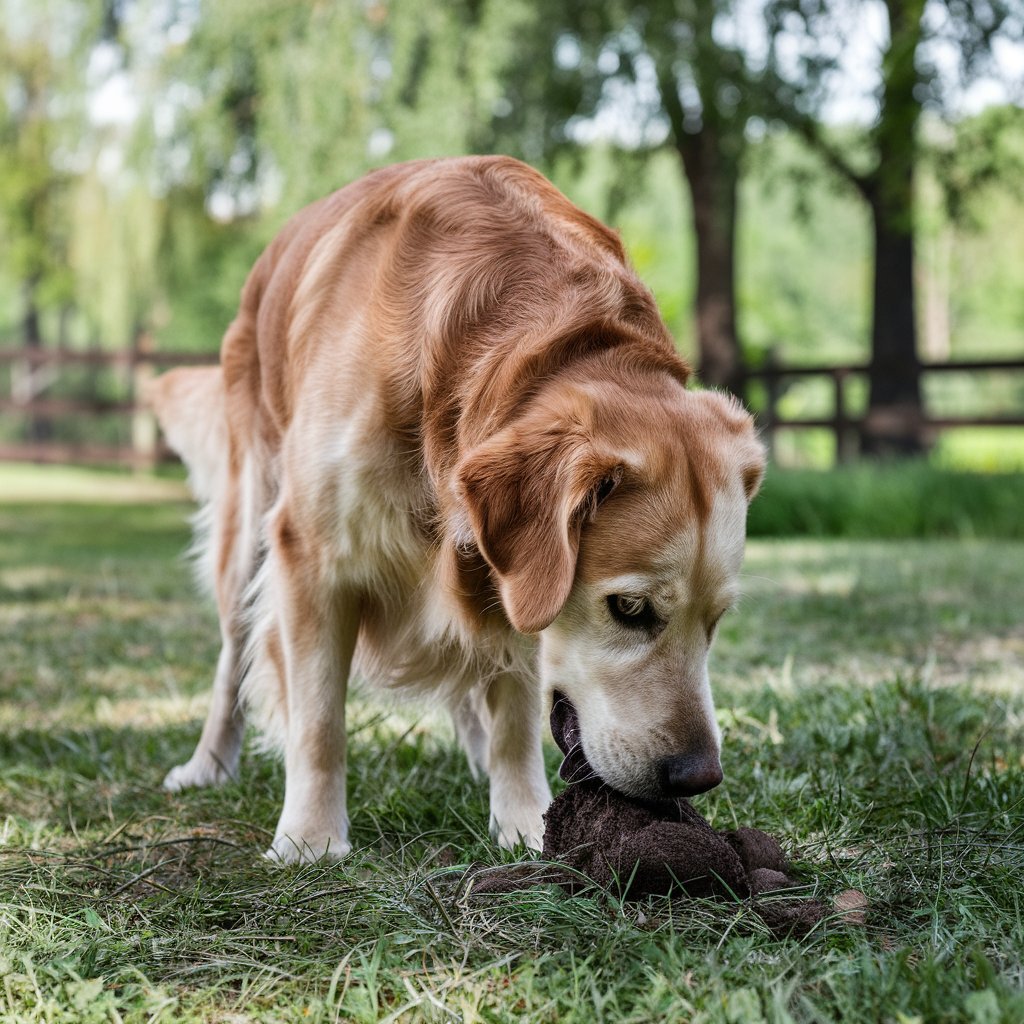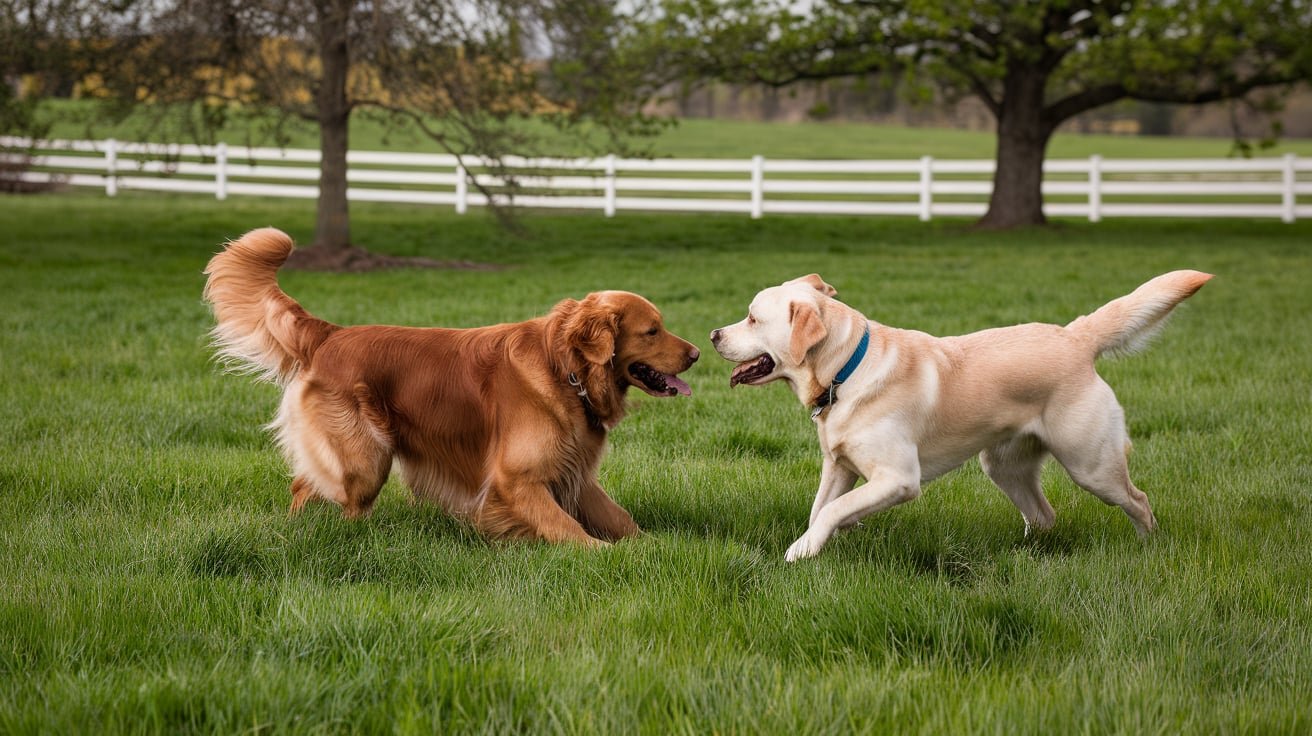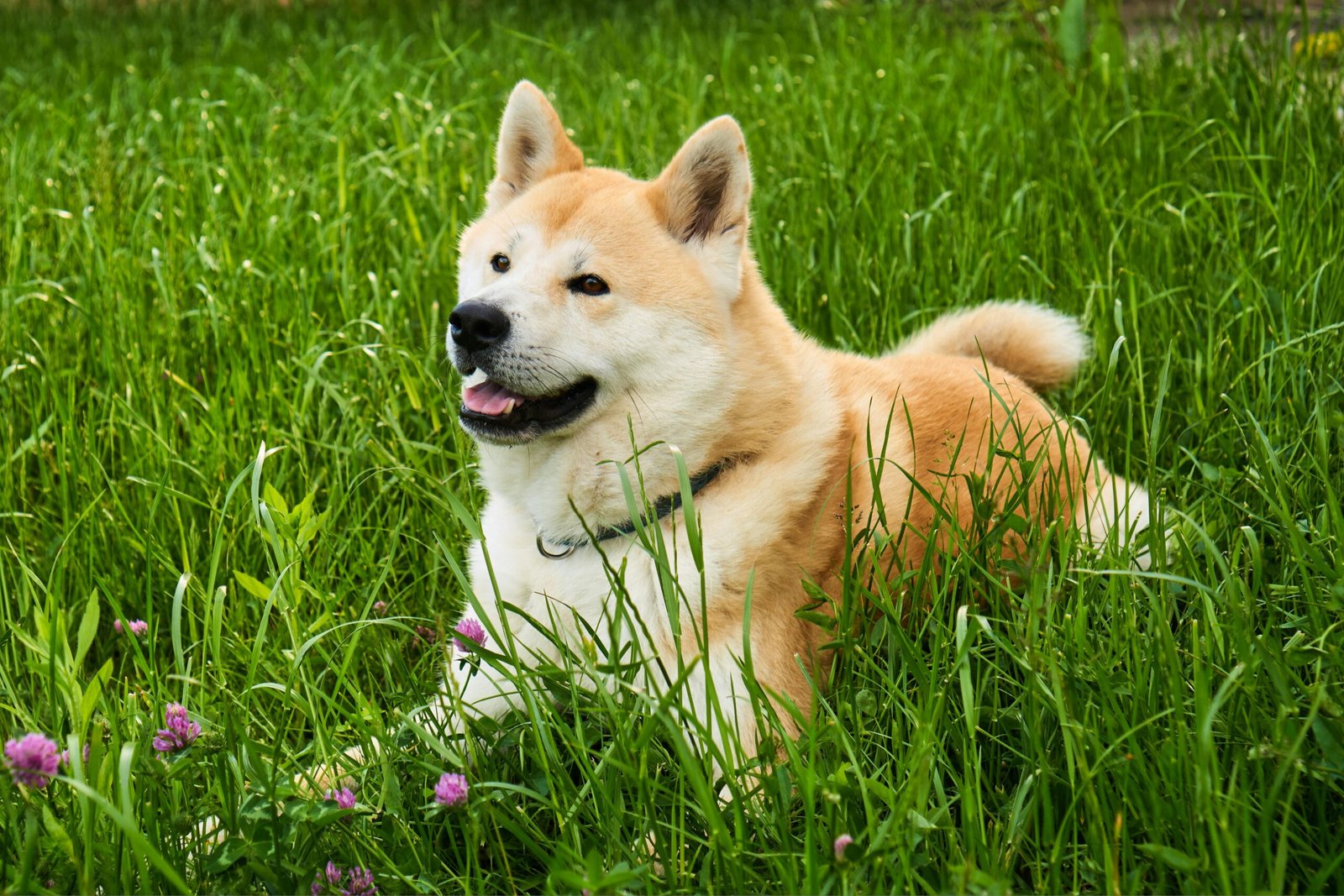Resource guarding is when a dog aggressively defends items they consider valuable, like toys, food, or even people. This behavior can be challenging, but with the right understanding and approach, it’s possible to manage it effectively. In this article, we’ll dive deep into what resource guarding is, why dogs exhibit this behavior, and how you can help your dog feel more comfortable. Whether you’re a new dog owner or an experienced one, this guide will help you create a safe, harmonious environment for both you and your furry friend.
What Is Resource Guarding?
Resource guarding is a behavior dogs exhibit when they feel the need to protect something they see as valuable. This could be anything from their favorite toy, food bowl, or even a specific spot on the couch. They may growl, snap, or even bite to prevent others—whether human or another animal—from coming too close to their “treasure.”
Think of it like this: Imagine a child clinging tightly to their favorite toy when another kid tries to take it. The child might yell or pull the toy closer, not because they don’t like the other child, but because they fear losing something precious. Dogs are similar in this sense.
Why Do Dogs Resource Guard?
Resource guarding often comes down to instinct. In the wild, animals guard valuable resources for survival. Food is scarce, and securing a meal can mean the difference between life and death. Although domesticated dogs have their meals provided, that survival instinct can still kick in.
Anecdote: Toby’s Toy Trouble
I once knew a dog named Toby. He was the sweetest pup—until someone got too close to his toys. One day, my friend’s toddler reached for Toby’s chew toy, and Toby, who had never shown aggression before, growled. It startled everyone. Luckily, the child wasn’t harmed, but it made my friend realize that Toby had a problem with resource guarding.
What’s fascinating is that Toby wasn’t an aggressive dog in other situations. He simply saw his toy as a precious resource that he didn’t want to share. Recognizing the behavior was the first step toward fixing it.
Signs of Resource Guarding
It’s important to recognize the signs of resource guarding early. Some dogs may exhibit mild signs, while others might be more aggressive.
- Growling when someone approaches their food or toys
- Snapping at others who come too close
- Freezing or stiffening their body when someone nears their guarded item
- Baring teeth or snarling
- Nipping or biting to protect the resource
If you see any of these signs, it’s essential to address them as soon as possible. Left unchecked, resource guarding can become more serious over time.
What Causes Resource Guarding?
There are several reasons why a dog might develop resource guarding. Understanding the cause can help you choose the right approach to manage it.
- Instinctual Behavior: As mentioned earlier, dogs may feel the need to protect food, toys, or other valuable items due to their survival instincts.
- Lack of Socialization: Dogs that haven’t been exposed to different people, animals, or environments may feel insecure about sharing resources.
- Past Trauma: Dogs that have been through traumatic experiences, such as being in a shelter or competing with other dogs for food, may develop guarding behaviors.
- Genetic Predisposition: Some dog breeds are more prone to resource guarding than others.
Hyperlinked Resources:
- Learn more about dog instincts and how they influence their behavior.
- Understanding the importance of socialization is key to preventing guarding behaviors.
How To Manage Resource Guarding: A Step-by-Step Guide
Managing resource guarding takes patience, consistency, and the right approach. Here’s a step-by-step guide to help you through it.
1. Identify the Trigger
First, identify what your dog is guarding. Is it food? Toys? Or maybe even a particular person? Knowing the trigger will help you tailor your approach.
2. Don’t Punish the Dog
It’s tempting to scold a dog for growling or snapping, but this can actually make the behavior worse. Dogs who feel punished for guarding may escalate their behavior out of fear.
3. Teach the “Trade” Game
Start by teaching your dog to trade their guarded item for something better. For example, if they’re guarding a toy, offer them a treat in exchange. Once they drop the toy to take the treat, praise them.
4. Desensitize Your Dog to Approaching People
Gradually get your dog used to people approaching their guarded item. Start by standing at a distance where your dog feels comfortable. Slowly, over time, decrease the distance while offering rewards.
5. Establish a Routine
Dogs feel more secure when they know what to expect. By establishing regular mealtimes and play sessions, you can help reduce anxiety and the need to guard.
When To Seek Professional Help
If your dog’s resource guarding is severe—such as biting or aggressive lunging—it may be time to seek help from a professional dog trainer or behaviorist. A trained expert can create a customized behavior plan tailored to your dog’s needs.
Hyperlinked Resources:
- Find a certified dog behaviorist near you to help with serious cases of resource guarding.
Why Managing Resource Guarding is Important
Addressing resource guarding isn’t just about keeping your family safe—it’s also about ensuring your dog feels secure. A dog that’s constantly worried about losing their resources can become anxious and stressed. By managing this behavior, you’re helping them feel more relaxed and comfortable in their home environment.
Convincing Readers: The Right Tools Can Help
If you’re dealing with resource guarding, there are tools that can help. Using slow-feed bowls, interactive toys, and even dog training aids can make the process easier for both you and your dog. These products not only provide mental stimulation but also help reduce the anxiety that leads to guarding.
Check out this dog training kit designed specifically for managing resource guarding. With positive reinforcement and the right tools, you can create a safe, calm environment for your dog.
Conclusion
Resource guarding is a natural behavior in dogs, but it can become problematic if left unchecked. By understanding the causes and signs, and following a step-by-step guide to manage the behavior, you can help your dog feel more comfortable and secure. And remember, if the behavior becomes too severe, seeking professional help is always a good option.
Managing resource guarding takes time, but with the right approach and tools, you can create a peaceful and happy home for your dog.



